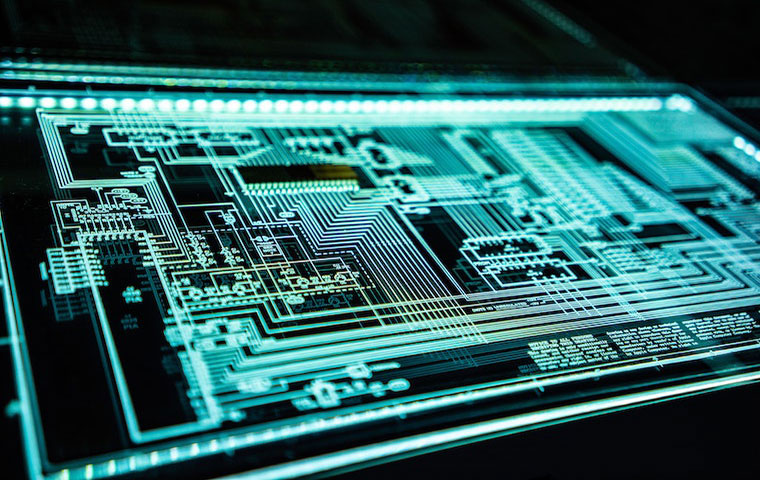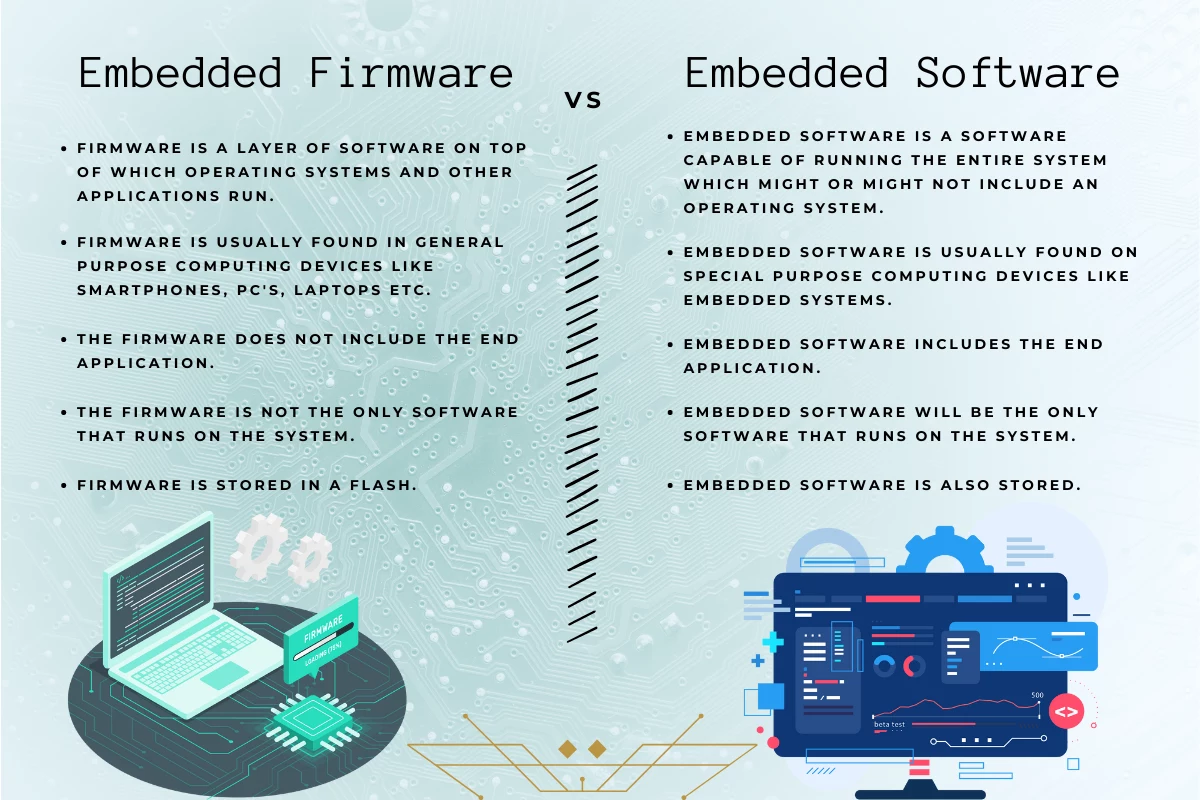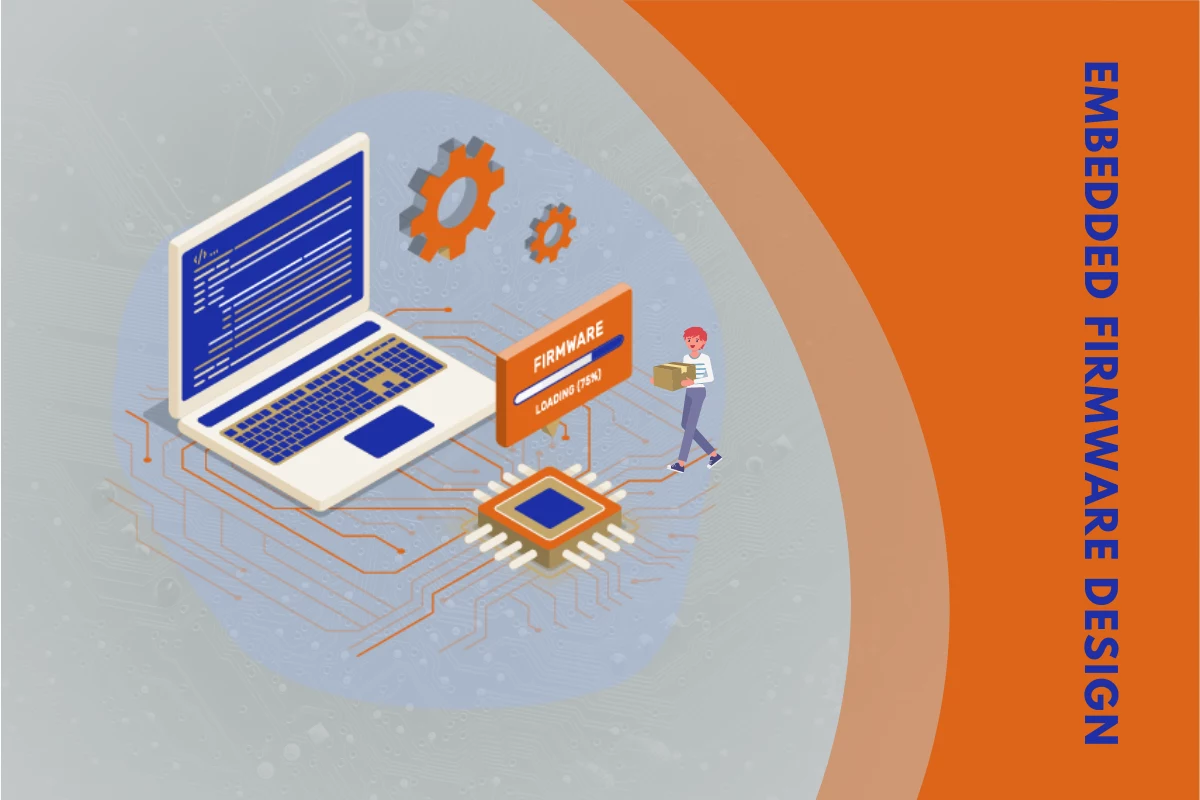In-App Purchases vs Ads: Which Strategy is Best?
You’ve created your app, and people are starting to download,...
We use cookies for our website to give you the most relevant experience by remembering your preferences. By clicking “accept”, you consent to use of ALL the cookies
This website uses cookies to improve your experience while you navigate through the website. Out of these, the cookies that are categorized as necessary are stored on your browser as they are essential for the working of basic functionalities of the website. We also use third-party cookies that help us analyze and understand how you use this website. These cookies will be stored in your browser only with your consent. You also have the option to opt-out of these cookies. But opting out of some of these cookies may affect your browsing experience.
Necessary cookies are absolutely essential for the website to function properly. These cookies ensure basic functionalities and security features of the website, anonymously.
| Cookie | Duration | Description |
|---|---|---|
| cookielawinfo-checkbox-functional | 11 months | This cookie is set by GDPR Cookie Consent plugin. The cookie is used to store the user consent for the cookies in the category “Analytics”. |
| cookielawinfo-checkbox-functional | 11 months | The cookie is set by GDPR cookie consent to record the user consent for the cookies in the category “Functional”. |
| cookielawinfo-checkbox-necessary | 11 months | This cookie is set by GDPR Cookie Consent plugin. The cookies is used to store the user consent for the cookies in the category “Necessary”. |
| cookielawinfo-checkbox-others | 11 months | This cookie is set by GDPR Cookie Consent plugin. The cookie is used to store the user consent for the cookies in the category “Other. |
| cookielawinfo-checkbox-performance | 11 months | This cookie is set by GDPR Cookie Consent plugin. The cookie is used to store the user consent for the cookies in the category “Performance”. |
| viewed_cookie_policy | 11 months | The cookie is set by the GDPR Cookie Consent plugin and is used to store whether or not user has consented to the use of cookies. It does not store any personal data. |
Functional cookies help to perform certain functionalities like sharing the content of the website on social media platforms, collect feedbacks, and other third-party features.
Performance cookies are used to understand and analyze the key performance indexes of the website which helps in delivering a better user experience for the visitors.
Analytical cookies are used to understand how visitors interact with the website. These cookies help provide information on metrics the number of visitors, bounce rate, traffic source, etc.
Advertisement cookies are used to provide visitors with relevant ads and marketing campaigns. These cookies track visitors across websites and collect information to provide customized ads.
Other uncategorized cookies are those that are being analyzed and have not been classified into a category as yet.
Cyberia Tech, Inc. respects your privacy. This Privacy Policy explains how we collect, use, and share your information. By using our services, you agree to this policy. If any other agreements conflict with this Privacy Policy, the terms of those agreements prevail.
Cyberia Tech complies with the EU-US and Swiss-US Privacy Shield Frameworks for handling personal data from the EEA, UK, and Switzerland. In case of any conflict, the Privacy Shield Principles prevail. Learn more at Privacy Shield. Key Definitions
Information linked to an individual, transferred from the EEA, UK, or Switzerland to the U.S.
Data revealing race, religion, health, sexual orientation, and similar categories.
Effective Date: [ 2025 / 12 / 06 ]
Welcome to The Cyberia Tech ! By accessing or using our website or services, you agree to
comply with and be bound by these Terms of Use and our Privacy Policy. If you do not agree with
these terms, please do not use our Services.
Loading
0 %

Reading this article will help you understand embedded firmware and embedded software better. Does the idea of embedded firmware development interest you?
Do you know what an embedded system is used for and how it works? Since you seem conversant with the concept of embedded software, you probably also have a backup of that, as the two topics are related.
You should have some experience with embedded software to grasp this topic’s significance and practicality.
To be informative, this piece will focus on firmware development. Stay on topic.
Table of Contents
We’re going to set off on a wonderful adventure in the field of embedded systems by examining the definition of embedded firmware.
Embedded firmware development is the process of encoding instructions and data for use by the embedded system’s processor.
The embedded system’s firmware serves the same function as ROM but can be updated more quickly and switch between different operating modes depending on the environment.
Firmware development is its own subset of the software industry. When discussing embedded systems as a whole, it is essential to note that hardware and software are present as they are integrated into the system.
Embedded systems are specifically designed to meet the requirements of a given application; thus, picking the correct one is essential for precise device management.
It quickly grasps the needs of your program and transmits them accordingly.
An external trigger activates the firmware in the gadget. Commonly, it must link to the other instruments to convey its requirements.
Firmware development is necessary since the hardware must be constantly updated and operated.
It is built into your device’s firmware and must be used on that device.

The integrated firmware software provides a couple of instances. Existing firmware examples can be found in a wide range of software, such as:
And so much in your device, when embedded systems run on your hardware, it is called firmware.
Embedded firmware development has only three types that you can work with, contains:
Typically, low-level firmware is not stored in a ROM; it is an essential and intrinsic part of the hardware and can’t be updated.
On the other hand, high-level have permission for updates because they are used with flash memory chips. They have complexities instead of low-level firmware. Also, they are close to the software than the hardware.
The subsystem type is independent in large systems. Like high-level firmware, it has an embedded microcode in the flash chip and CPU.
The program’s user describes an embedded program’s data. Computers, OSes, DBs, etc., all around the globe.
There is no doubt that these features are helpful to the user and that they can speed up the process of fixing any given system.
In contrast to firmware, embedded software can be used on various devices.
Both software and hardware coexist in the embedded software environment, but the latter will help your system stand out.
According to user demand, Embedded firmware easily puts its energy and usability on computers like a piece of cake.

There are differences between firmware engineering and embedded software engineering.
An embedded firmware engineer specializes in the software that makes embedded systems function on a computer.
One of the features of embedded software is that developers cannot simultaneously work on the software and hardware.
Yet, they are connected and share some characteristics.
Embedded software, in general, is not part of a more extensive suite or operating system; it may be the only program of its kind and be permanently stored in flash memory or operated on a dedicated media player.
Embedded firmware development can be found in standard computer devices like PCs and laptops, but it isn’t the only type of software used by the device.
Embedded firmware engineering aims to make the operating system available on the hardware side of a computer.
This software is developed to run on specialized hardware.
The embedded firmware development process can be considered a magnifying glass that allows the operating system to view the physical hardware.
On the other hand, an embedded system is a piece of software that works independently, while the firmware is a base for additional software.
These are the main differences between the two. Each can be used differently to help the computer work faster and better.
A detailed description of this idea helps create a high-quality component for your gadget.
Your device’s success depends on your familiarity with embedded development.
You should fully understand the design notion because it differs from our everyday design conceptions.
Understanding the hardware of an embedded product is essential when designing its firmware.
Knowing the level of your product or application is necessary for comprehending embedded firmware design approaches.
Code can be written in a different method and at an additional depth. Design in this context means something other than what you may expect.
To succeed in embedded, you must implement and develop hardware-related routines using a solid methodology that takes advantage of features like interrupts and direct memory access.
With interrupts, you can modify the signal from various inputs and respond only when necessary.
The only situations where direct memory access is helpful are those in which data and information must be transferred on the fly.
Firmware requirements identification is the initial step; when designing embedded firmware, proceed cautiously to avoid interrupting the device’s long-term usability.
Details like names, who is responsible for what, how the task will be broken down, what tools will be used, what variables will need to be adjusted, etc., need to be created as part of the process.
All of these factors are crucial when planning embedded firmware design strategies.
The designer must remember the need for straightforward and uncomplicated design while explaining the hardware.
The design process also includes determining when and how to do the test and performing product and system verification, software engineer testing, and individual component testing.
The final stage of the design process is to recognize that your product’s requirements may alter and devise a strategy to accommodate those alterations.
Building the right software is essential for the software industry to expand its offerings. Regarding software efficiency, embedded firmware engineers have a clearer picture.
Data is influenced by firmware and software, yet both can evolve rapidly.
When it comes to software, changes may be made at any time necessary, but when it comes to hardware and firmware, even a single data modification can be a hassle to load.

The term “firmware” is used to define the core capabilities of a hardware platform.
Every firmware is software, while the opposite is not true of software.
Although the firmware is physically stored in hardware, the software is typically transferred to RAM from an external storage device. I’ve been honest about these matters.
After all, I want you to know that working on the computer’s firmware is more about the computer’s operation than the upgrades and modifications we must do while working on our software.
To make a system work, it is necessary to write codes and implement correct data on software that communicates with one or more parts of the hardware device.
Little adjustments will be made to our hardware to improve design efficiency; engineers know the difficulties associated with hardware redesign.
The software industry, on the other hand, is dynamic.
Although the modifications we make to firmware are usually relatively minor, they can have far-reaching effects.
Keep in mind that the procedure and its usefulness should be able to be replicated. Ultimately, the system’s desire to improve in all aspects motivates integration.
Several methods are required for their successful combination, such as:
In the realm of technology, embedded firmware, and bespoke software are inextricably intertwined.
Firmware that is permanently installed in hardware to manage its operations is called embedded firmware.
It’s the backbone of the gadget, making it possible for it to do what it’s supposed to do without any hiccups.
On the other hand, bespoke software solutions are developed specifically for a client’s needs.
When it comes to creating and developing software components that complement embedded firmware, customized software plays a significant role in embedded systems.
It makes it possible to develop software solutions that are both highly tailored to the specifics of the hardware being used and highly optimized for the task at hand.
Embedded firmware and custom software complement one another, creating complex, dependable, and efficient systems across many fields and uses.
What is the difference between embedded and firmware?
Without the OS and middleware, firmware is merely a directional translator and cannot function without other software layers on top of it. It is simply one layer, but a full embedded layer stack is all that is required to make a device operate.
What is the embedded firmware responsible for?
Embedded firmware is in charge of regulating different peripherals of embedded hardware and providing replies in line with the functional requirements specified in the product specifications. Firmware is regarded as the master mind of embedded systems.
In closing, we hope you have gained a comprehensive understanding of the practicality of firmware development thanks to our information regarding embedded firmware.
We tried to explain why our firmware must have a well-thought-out layout.
Understanding the inner workings of embedded firmware development leads to improved availability and performance of the relevant hardware and software.
We realize that modifying any part of the application or hardware will have far-reaching effects on the whole desktop and undo the process and functioning of the firmware.
So, we must carefully consider each phase and component of our design items. Please tell us more about your proposal.
You Can Get More Information!
